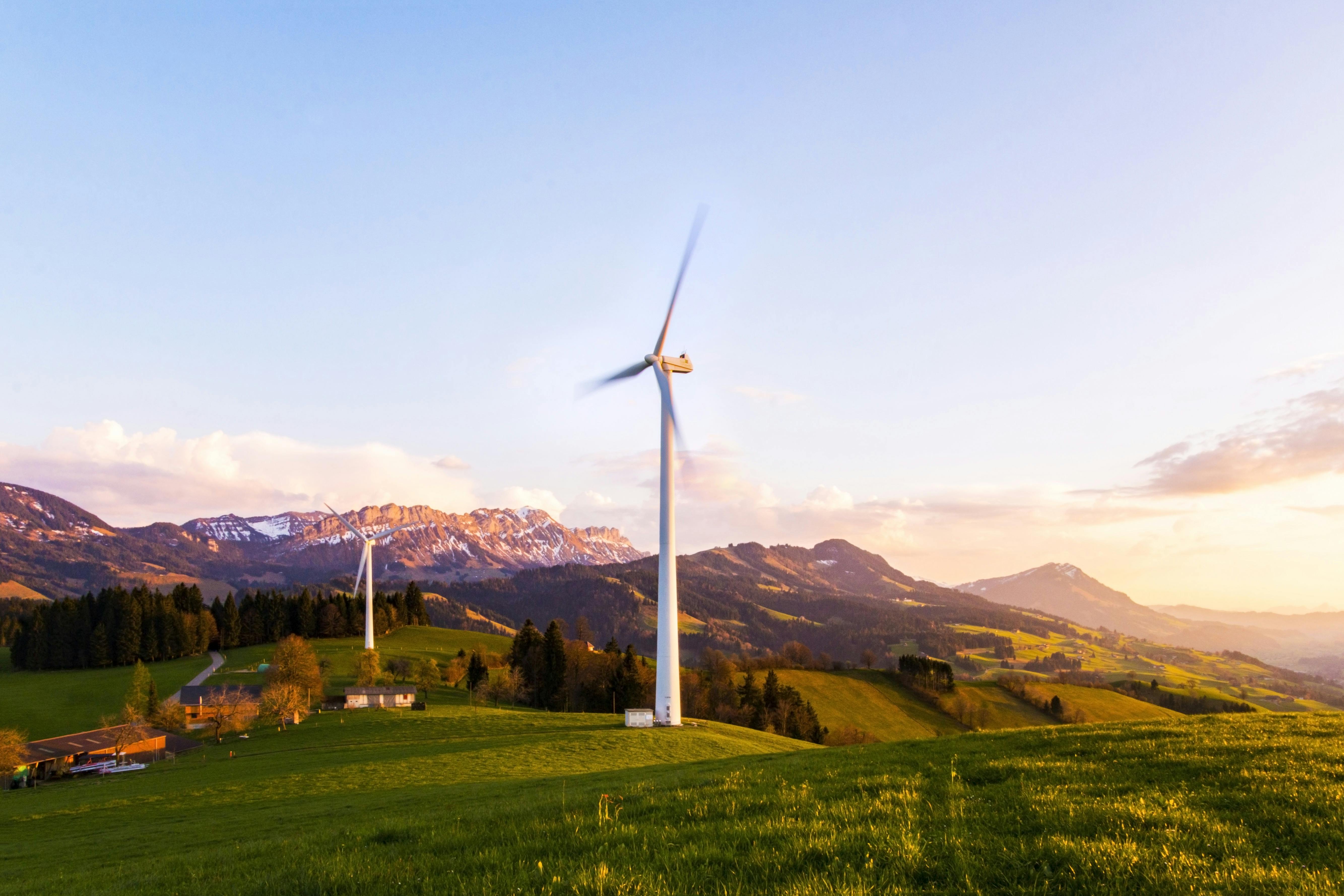To help anyone who is interested, I have listed some tips below on what is required to shoot at night. Lately I’ve been getting into nightscape photography a bit. Last night I had a lot of fun with some pictures of classmates playing with different colored lights to produce effects that we can’t register with normal human sight. Long exposures open up a world of possibilities and creativity. The following image was taken over the course of 2 minutes as my photographer friend Ian Dixon slowly moved his feet 360 degrees around a pivot point while spinning a colored LED light. Although it sounds like a simple process in theory, it is actually quite complicated to form a perfect sphere, since the distance in the oscillations must be kept constant. Getting it right creates an interesting effect and something that adds more visual interest to a nightscape photo.
Tips for night landscape photography:
Please note that you will need a camera equipped with Bulb mode
- Look through the optical viewfinder: Live View won’t do you any good when composing an image. Better yet, try to get there while it’s still light to allow you to compose the scene and focus.
- If you have to focus in the dark, use a flashlight to illuminate the focal point and when you can’t manually focus by illuminating the desired focus point, set the lens to infinity and back off just a millimeter or two.
- Set your white balance to auto
- With your camera set to Aperture Priority (AV) mode, set the aperture to f/8 and increase your camera’s ISO to maximum (ie 1600). Press the shutter button and make a note of what the calculated shutter speed is
- Now switch from AV mode to bulb mode – this is the only mode that allows you to capture exposures longer than 30 seconds
- Finally lower the ISO to 100 and adjust the shutter speed to compensate. For example, lowering the ISO from 1600 to 100 represents 4 stops (800, 400, 200, 100) where each halving equals one stop. This means that if the shutter speed was 30 seconds previously, it would need to be adjusted to increase it by 4 stops, which would be 480 seconds (8 minutes) (60, 120, 240, 480). It is important to change the shutter speed and not the aperture to preserve the depth of field you want
Bonus Tip: Avoid turning on the camera’s noise reduction, as it will take longer for the image to be written to the memory card (the same amount of time required for exposure) before it becomes available for viewing on the LCD screen . Instead, reduce any noise that may have been introduced to the image during the post-production process.

